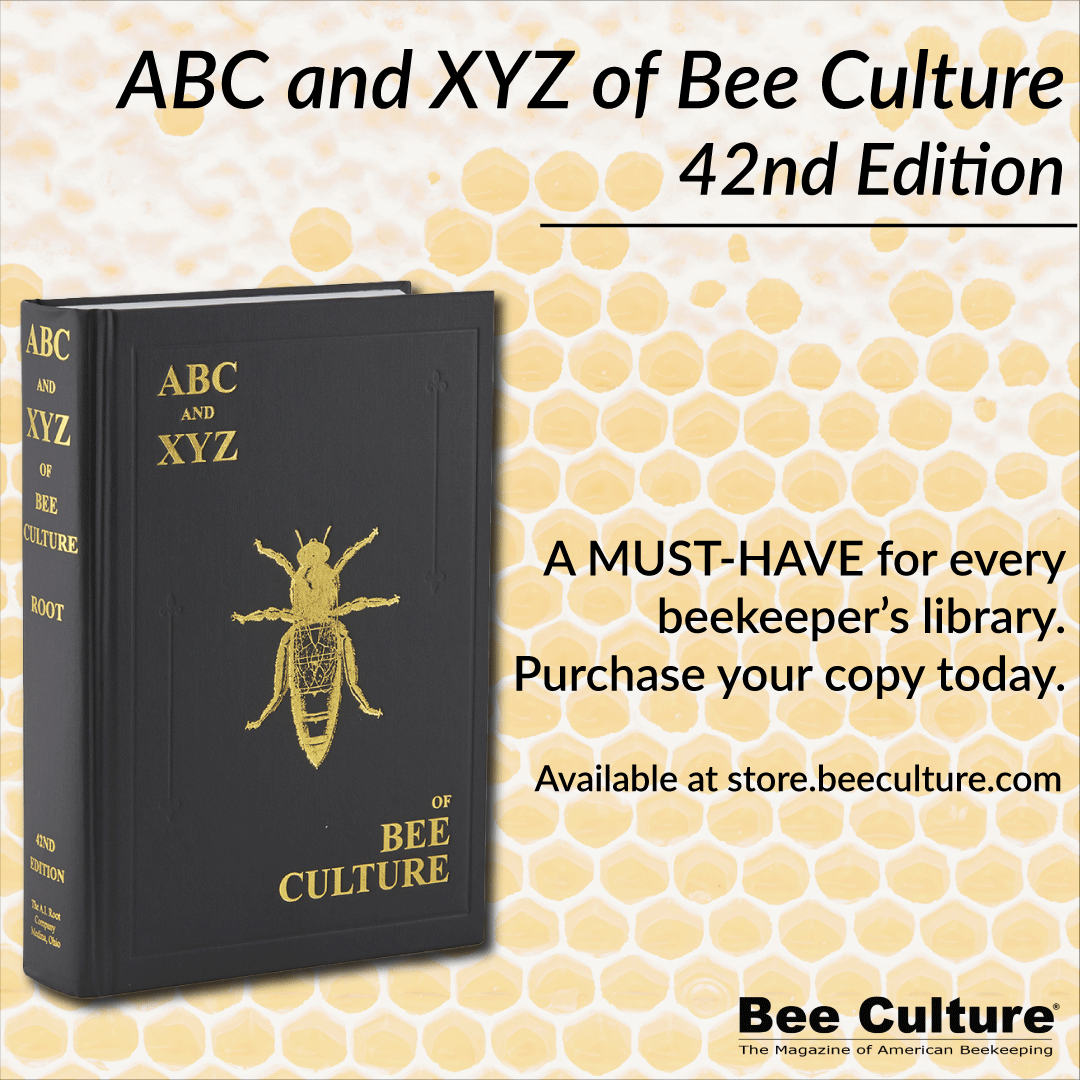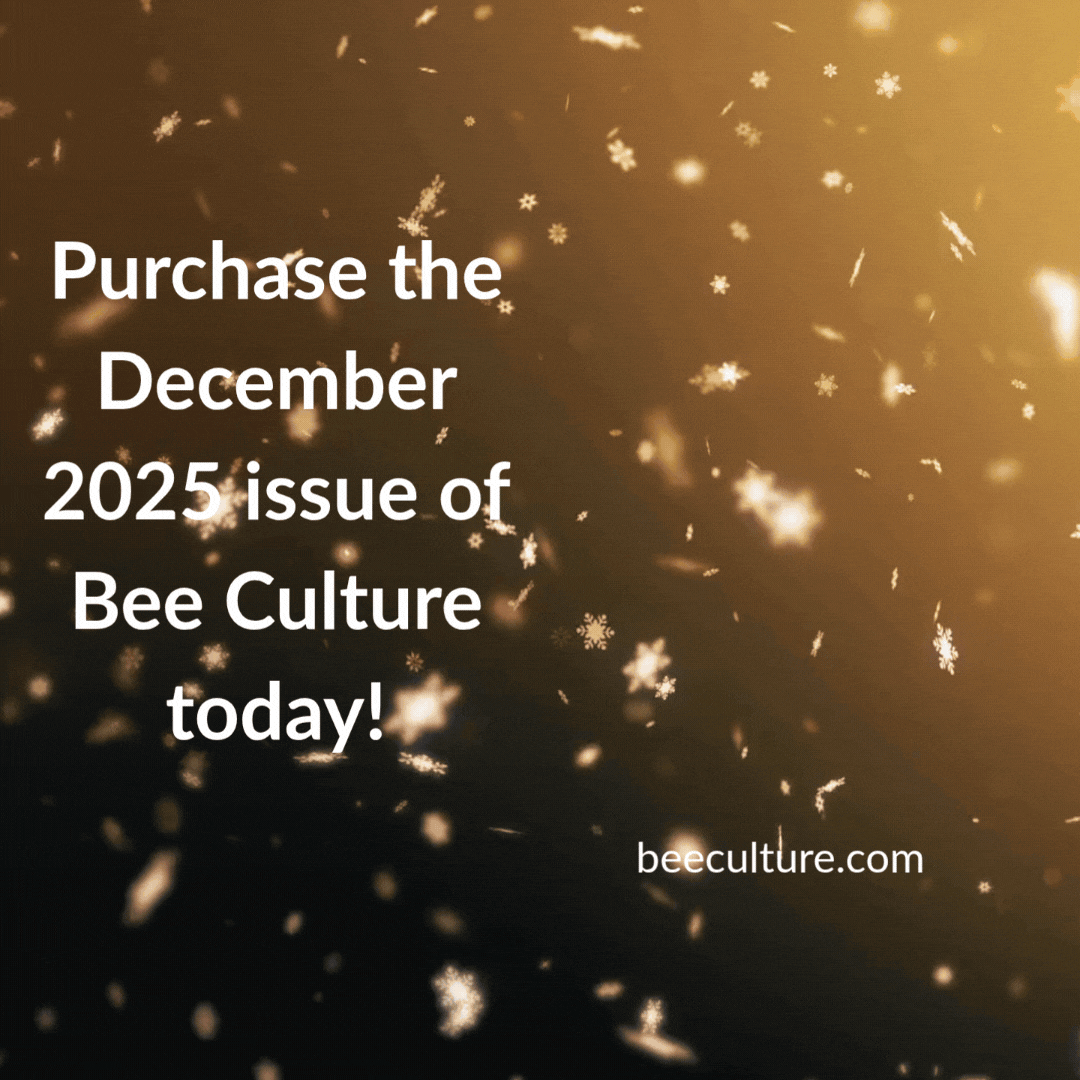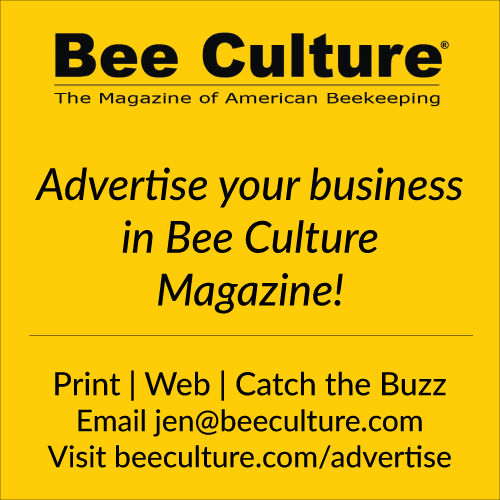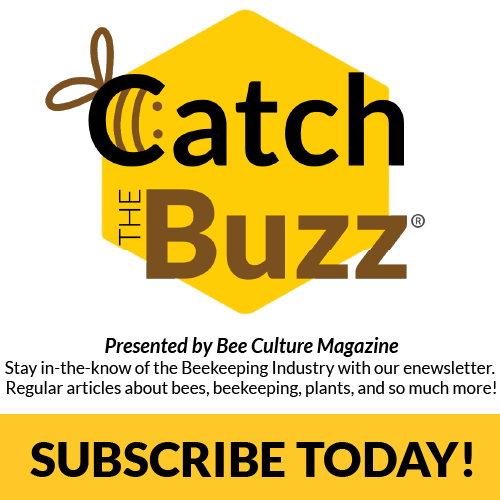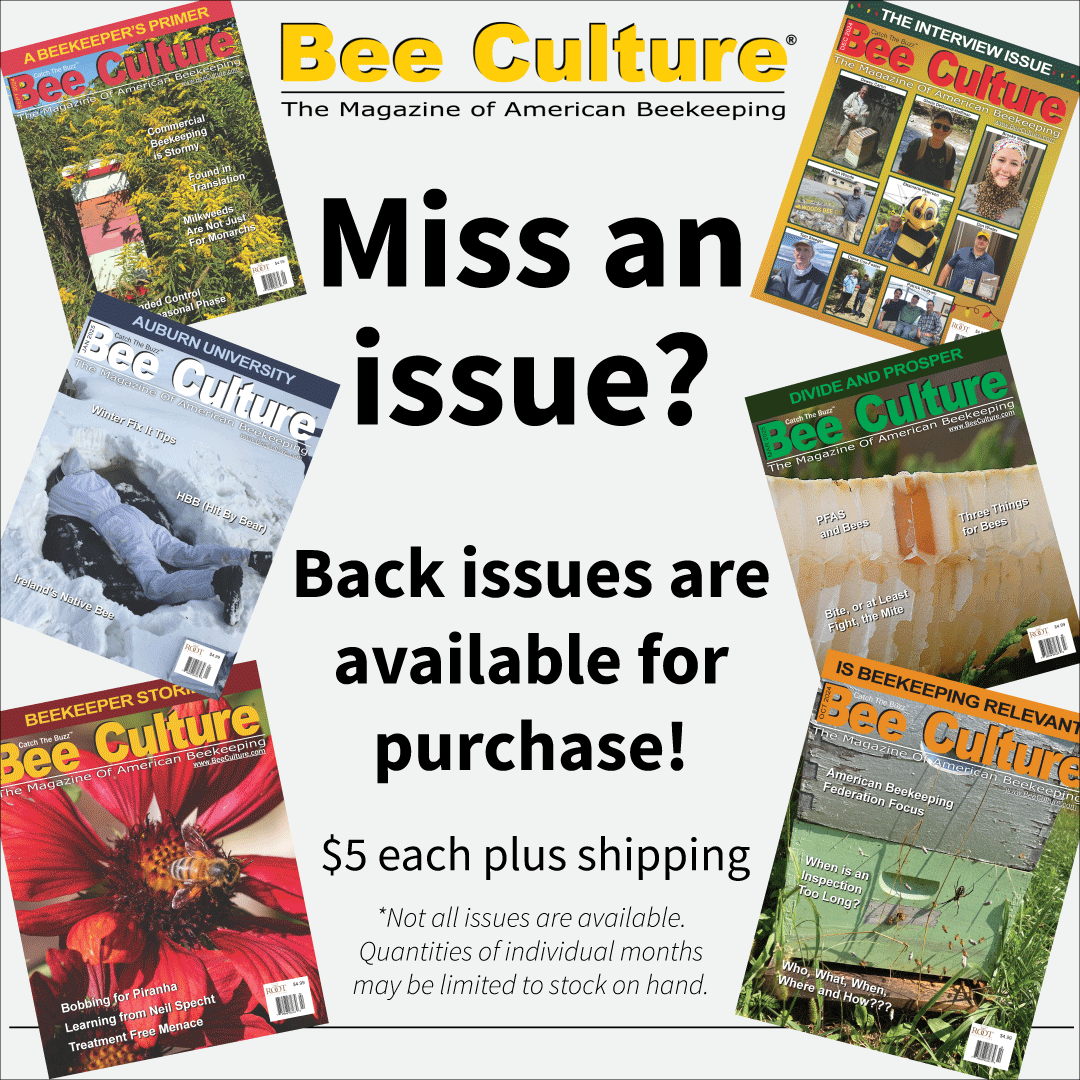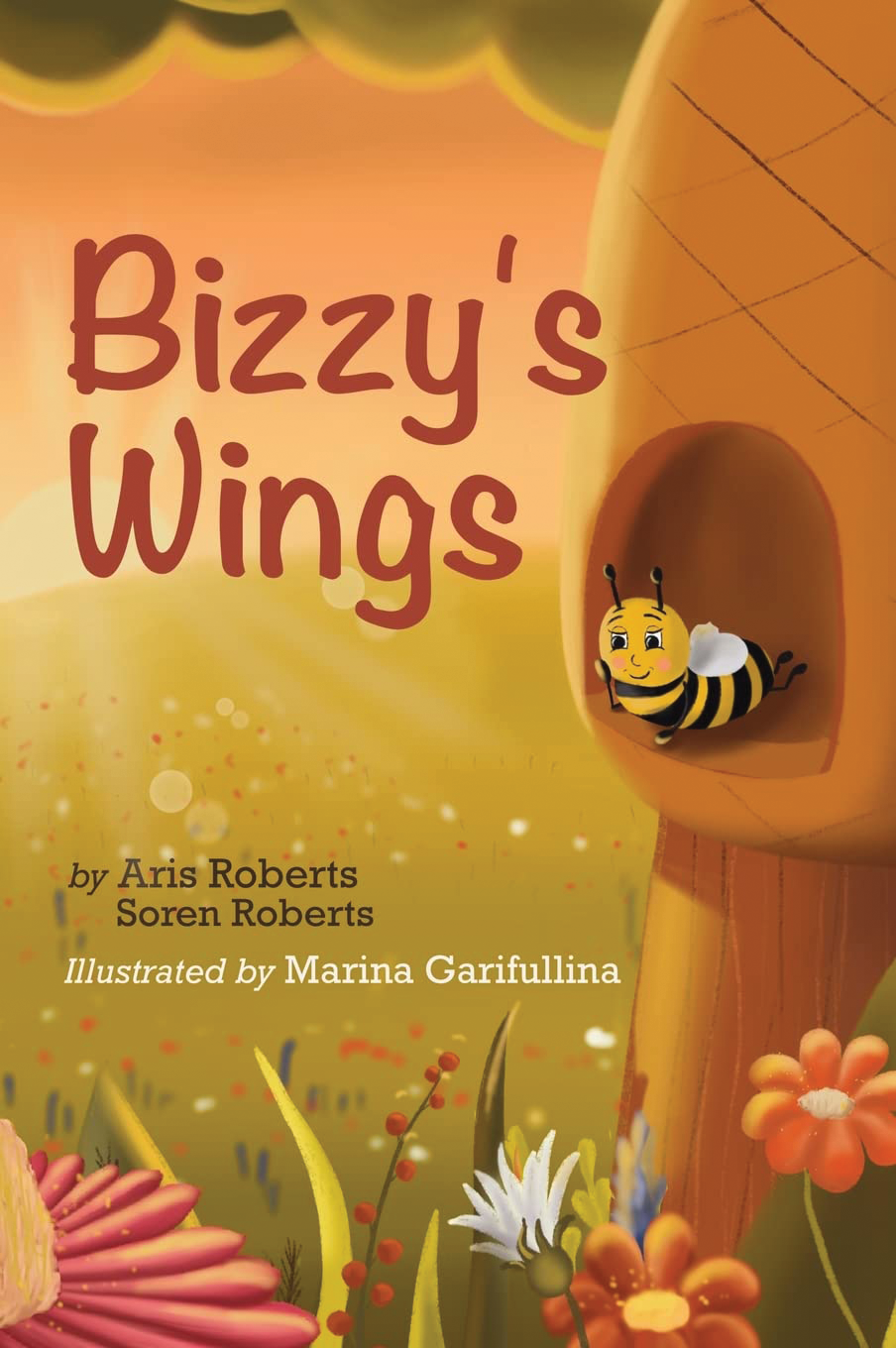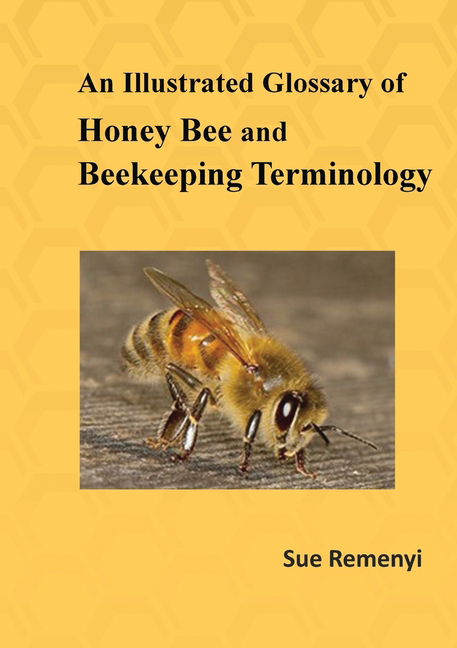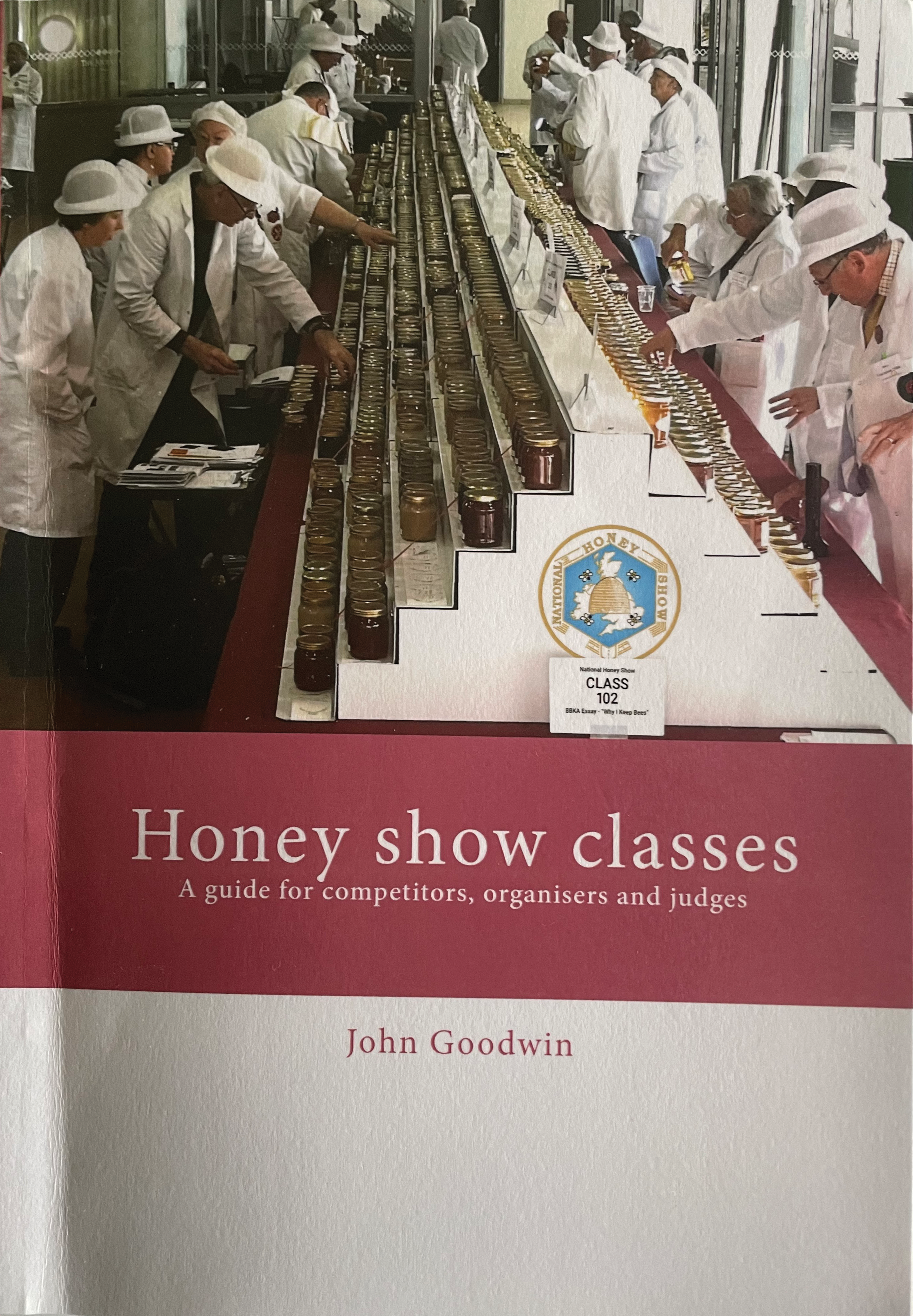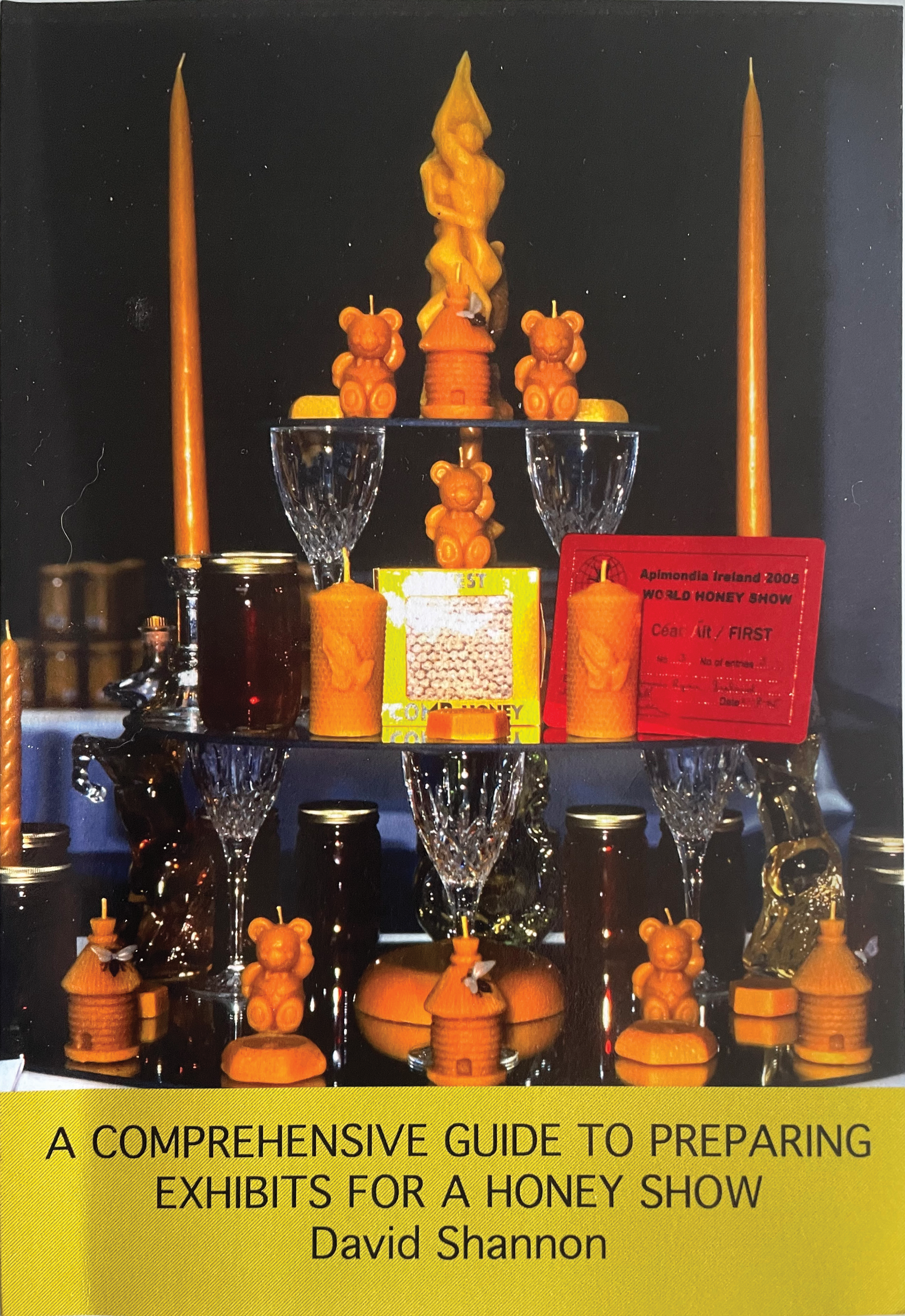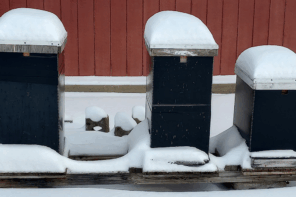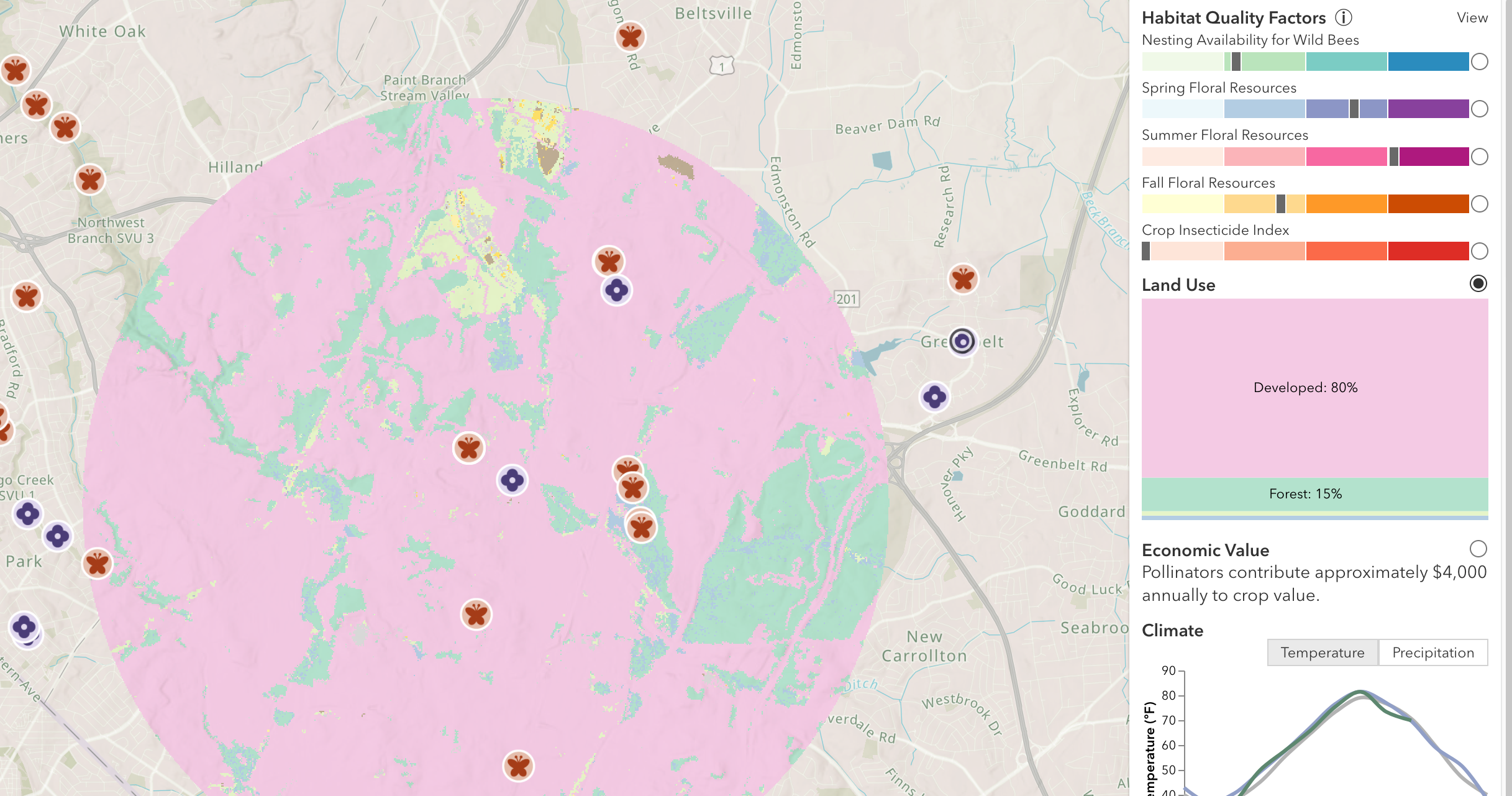Kim Flottum
Bizzy’s Wings, by Aris Roberts and Soren Roberts. Illustrated by Marina Garifullina. ISBN 9798985314717. 34 pgs, 10” x 7”, color throughout, soft cover. Available from IngramSpark, Amazon and other outlets. $16.95.
Aris and Soren Roberts are teenage brothers, living with their parents, two dogs and several million bees near Middleburg, VA. They have been keeping bees on their farm just over three years, but have been interested in bugs in general since Aris brought home a bucket of crickets when he was five.
The idea for this story came to Aris when he learned of one the more nasty side effects of varroa – the presence of deformed wing virus. Being deformed is an issue with children, especially for the three to eight year old audience this story is intended for.
Bizzy isn’t able to fly because of her stubby wings, which makes her stand out in a crowd of worker bees who can fly. Because she can’t fly her life is destined to always be an inside bee, cleaning, feeding, caring for the queen, but never flying to flowers, gathering propolis, bringing water home, and even inside, never warming the hive or curing the honey. And they made fun of her wings and of her in general, calling her names and teasing her. A bee that can’t fly isn’t a bee they said. Needless to say, these attacks took their toll and Bizzy tried to hide.
But hiding where she went was a huge, monster wasp! Ready, willing and able to attack the hive and steal its honey. Bizzy tried and tried to vibrate her wings to warn the hive. And they Worked! The bees drove the wasp away, and Bizzy was forgiven. Even friends, with an Award from the queen.
The brothers goal for this book was to raise awareness of the plight of honey bees, but it does a good job of helping children who feel different, feel better about being that way. It works.
Kim Flottum
The Illustrated Glossary of Honey Bee and Beekeeping Terminology, by Sue Remenyi. Published by ACPI, Reading UK. ISBN 978-1-912764-84-6, 188 pgs., 6” x 8”, color throughout, soft cover, $20.00 Amazon and most book outlets.
It’s about time somebody produced this book. Although the author is from the U.K., and some of the terms here will definitely be of UK origin, all of the terms used in most of the rest of the world are here also. There are very few exceptions where only the U.K. term is used. For instance, our inner cover is called a crown board in the U.K. And inner cover isn’t in the book. I found very few of these, but nevertheless, it is an impressive piece of work.
There are eight chapters, covering anatomy, biology, development, pests and diseases, castes, species, the actual practice of beekeeping both activity and equipment, flowers and pollen, honey and wax, and common and not so common abbreviations you will encounter in your pursuit of honey bee knowledge.
Many, many photos are included to further explain a term, and often, a reference to another term included in the book is shown to further explain the subject at hand.
And of course all topics are listed alphabetically so they are easy to find, and all photos or drawings are referenced by both chapter and figure within the chapter.
All told, there are more than 800 terms and definitions that are brief, but provide enough info to answer any question I could come up with. A Glossary is also provided within each section and a reading list for each section is provided so, if needed, you have more to explore. And at the end, there is an alphabetical index with page numbers to use to quickly find what’s needed.
This book is perfect for a beginner, a teacher, or someone looking to better explain a technique or management tool. In fact, if I were teaching a beginner’s class, I would strongly recommend it.
Kim Flottum
A Comprehensive Guide To Preparing Exhibits For A Honey Show, by David Shannon. ISBN 978-1-908904-81-2, 66 pages, color, soft cover, $17.50. And, Honey Show Classes, a Guide for Competitors, Organisers and Judges, by John Goodwin. ISBN978-1-914934-17-9, 145 pgs, color, soft cover, $43.00. Both published by and available from Northern Bee Books, UK, Amazon and other book outlets. Postage extra from U.K.
If you are involved in honey shows in the U.K. you probably know a lot more than most U.S. beekeepers when it comes to knowing what products to show, preparing those products, and how to show them. There are groups in the U.S. that follow the Welsh regulations which are essentially the same, but there are few references to guide a new beekeeper.
And even if you don’t follow, and don’t want to follow these very, very refined techniques, you can learn a lot about simply harvesting and preparing honey for sale. But there’s far more than honey that gets shown at these events, and all of the classes are covered, including honey, wax, confections, cosmetics, mead, slides, photos, labels, and many more that are not at all common in the U.S.
The first book, Preparing Exhibits, is all you’ll need to know to prepare your exhibits, and all the classes are covered – liquid honey, creamed honey, cut comb, sections, confectionary, meads, and beeswax. It starts with liquid honey, and that chapter starts with a super full of honey and takes you all the way to the show bench and every step between so that a blue ribbon is almost guaranteed. A well-prepared product transcends borders.
The second book, Honey Show Classes, deals mostly with how to run a honey show, the right way. It too deals with the classes to be judged, but it looks at the details of running a show relative to each class. The duties of the person in charge, the Secretary, where to find judges and Stewards, and the training and experience needed to hold these positions.
Then it deals with the venue, the place this is to be. Space, displays, what to do when bees from the observation hive demonstration get loose, scheduling the show, making sure it’s legal to have mead on the site or can you burn candles in that room, and lots and lots and lots of information on judging. What equipment you will have to have ready for each of the classes, how to display them, how to display microscope slides and photos and more.
Together, these two books contain pretty much everything you could possibly want to know, no matter where you are. How to prepare, how to set up, how to judge and how to maintain a honey show. These two do it all.
Kim Flottum

